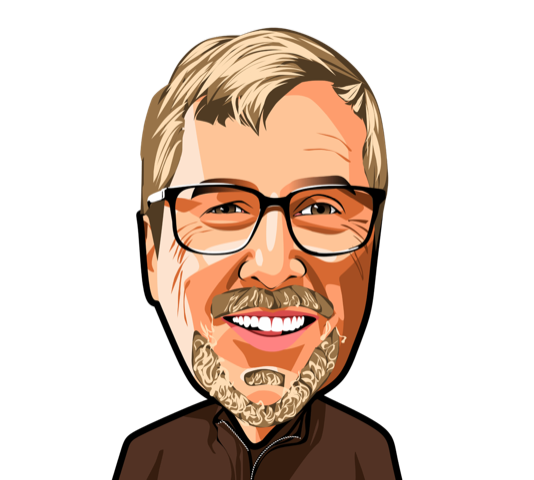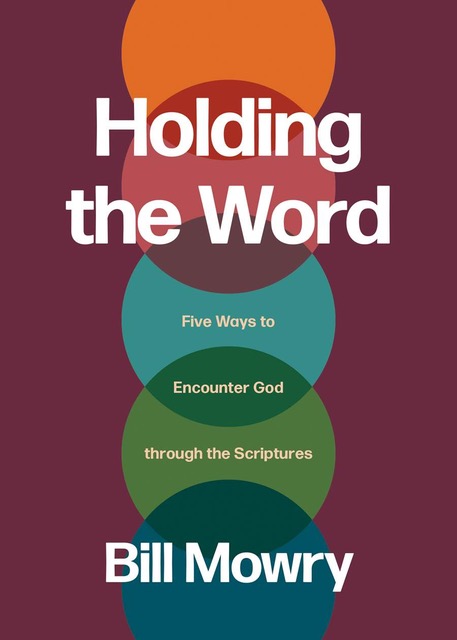The Grey Hound bus was packed with rowdy high school students. My senior class was going to Washington D.C. Our rural school was off to the big city.
I dozed through most of the first day’s sight-seeing. That night, we hung out at the motel, watched tv, and played pranks on the girls. Hey, we were seniors away from home. When we woke the next morning, the world had changed.
Martin Luther King had been assassinated the day before, April 4, 1968. We woke up to riots and fires in the D.C. area. Our tour guide attempted to continue our schedule but broke into tears as smoke filled the city’s horizon.
We returned to our hotel and watched the armored troop carriers bring the army and the National Guard into the city to assist the police. Our Milan, Ohio senior class were eyewitnesses to history.
Does this sound eerily familiar today? In 1968, people were incensed by an unjust killing. The television images of police brutally enforcing segregation laws remained in the minds of many. We seemed to have two separate systems of education, housing, and justice. This didn’t justify the violence but it gives background to the rage.
It’s now 2020, people are protesting and we’re debating similar issues.
I’m no stranger to social protests. When I entered college in 1968, I became associated with the Students for a Democratic Society — a non-violent movement against the Vietnam War. I participated in sit-ins, marched in protest against the war, and supported the civil rights movement.
Becoming a Christian my sophomore year in college changed a lot of things. One change was moving my interests from the broader societal issues of justice and inequality to focusing on the Great Commission of making disciples. My world became neatly divided into the “political/societal” compartment and the “spiritual” compartment. An imaginary wall grew up between the two worlds.
I was quite comfortable about this divide until I met Dean, Clarence, and Amos.
Dean was a friend and an African American. When he came to faith as a man in his late- fifties, I invited him to join me in a Bible reading group. At our second meeting, I noticed him withdrawing from the discussion. This didn’t match his out-spoken personality. Concerned that I had offended him, I phoned him after the meeting.
“No, you didn’t do anything, Bill. I just sat there thinking, ‘Here I am in another setting where a white man is in charge.’ Do you know that I wasn’t treated with respect by a white person until I was in my thirties? Those memories came flooding back tonight.”
Dean had grown up in the “Jim Crow” segregation of the 1950s and 1960s. As we talked honestly about race I saw things I had never noticed before. Here’s one simple example.
Dean would be routinely stopped as he drove through a wealthy white neighborhood. His wife, who was white, drove the same car on the same streets but was never stopped. I now saw racism through the eyes of a friend. Something seems wrong when people are treated as racial stereotypes.
Clarence was a young African-American pastor in my leadership network. In a casual conversation one day, he said that he just had “the talk” with his young sons. I cracked a joke about the “birds and the bees talk” but he said this talk was on another subject.
“I explained to them to that they should keep their hands in their pockets when entering a store. People would quickly accuse them of shoplifting. Black males are not always welcomed in a lot of stores,” he said.
I never had a conversation like this with my two sons. Something seems wrong when people are treated as racial stereotypes.
Dean and Clarence moved racial inequality from the headlines and made it personal. Then I met Amos, the Old Testament prophet. Amos didn’t specifically address racism. Instead, he indicted Israel’s practice of economic cruelty. He confronts Israel again and again for her economic injustice. Here’s one sample:
Therefore because you trample on the poor
and you exact taxes of grain from him . . .
you who afflict the righteous, who take a bribe,
and turn aside the needy in the gate.
Amos 5:11-12
Amos challenged me to consider combining issues of justice and righteousness with the Great Commission. He confronted the wall I had built between social issues and making disciples. Amos gave a biblical framework for the lessons I was learning from Dean and Clarence.
The prophet taught me that when we treat people like “things” for the sake of economic gain or power, God gets ticked (Amos 2:11-16). Unjust economic practices defrauds people of the image of God.
The same is true of racism. We use the sin of racial superiority to enslave, segregate, or disrespect another because of skin color or ethnicity. People become things and not fellow image-bearers; we turn one another into stereotypes or statics, robbing us of God’s divine creation.
What can life look like without my dividing wall? Here’s one picture from Amos.
Hate evil, and love good,
and establish justice in the gate . . .
Amos 5:15
Amos’ charge is at a personal level — “hate evil and love good” — and at a societal level — “establish justice in the gate.” How could we picture this command being fulfilled? The nineteenth century Christian statesman and Prime Minister Abraham Kuyper said it well: “There is not a square inch in the whole dominion of our human experience over which Christ, who is sovereign over all, does not cry, “Mine.’”
As Christ-followers, we choose a third way between the divide of republican or democrat, progressive or conservative. The third way is the Kingdom way. This is the often illusive, present-but-still-future, reign of God over His creation. How can we practice this third way today? I go back to the message of Amos. When we treat people as “things,” stereotypes, or statistics we defraud them as image-bearers. This simple belief — people made in the image of God — can bring justice to the gates.
I have a surgeon friend who has a sign on the wall opposite his desk. It’s a simple cross-stitch embroidered by his wife. The sign reads imago dei — the “image of God.” His eyes always fall on this sign when meeting with patients. It reminds him that the people in front of him aren’t just surgical procedures but people made in the image of God. They deserve his attention, respect, and care. My friend is bringing justice to the gates of his medical practice by practicing the simple belief that people are God’s image-bearers.
Dean, Clarence, and Amos expanded the Great Commission for me, dissolving the wall between the spiritual and the societal. Disciplemaking now includes helping people bring Kingdom values into all of life — into homes, workplaces, and neighborhoods. I want to promote the Kingdom value that people are made in the image of God. I want to rally people around God’s intended future:
But let justice roll down like waters,
and righteousness like an ever-flowing stream.
Amos 5:24
Let’s prayerfully examine how we can encourage God’s justice to roll down like water in the public and private worlds we inhabit. May every square inch of our culture be owned by the Lord Jesus. Let’s dissolve some walls.


Leave a Reply